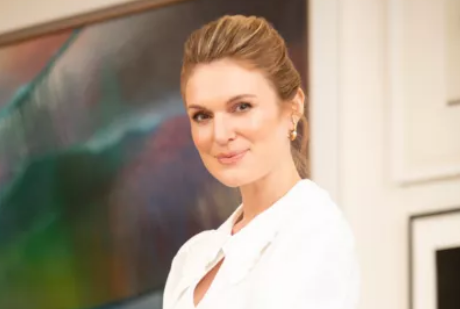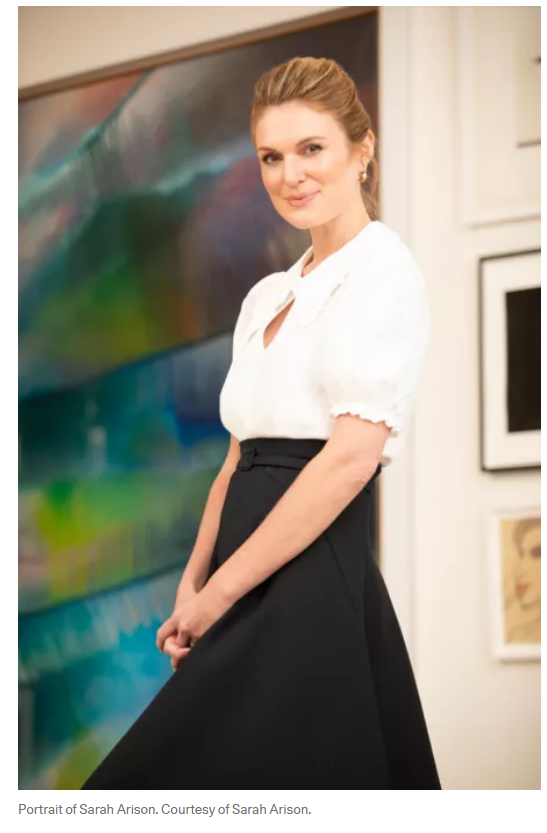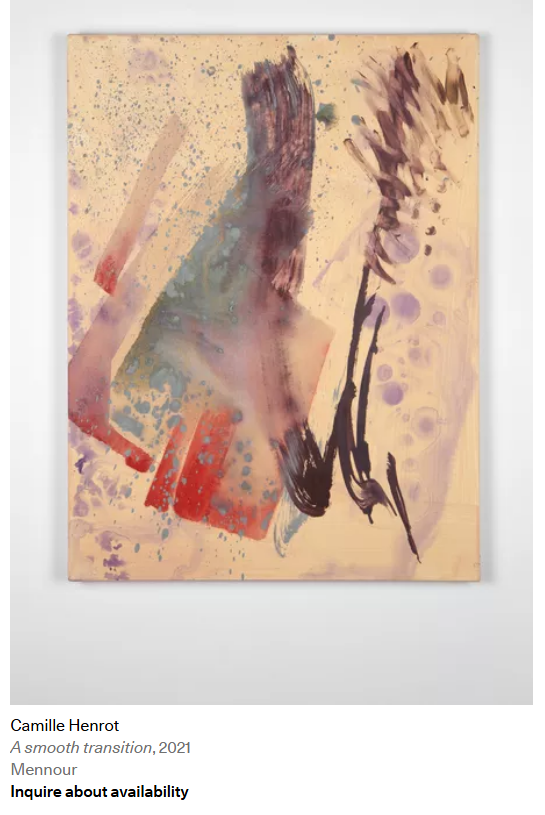Art's Expanding Canvas: Sarah Arison on the Intersection of Art, Industry, and Motherhood

Sarah Arison, a prominent New York arts patron, offers insightful perspectives on the evolving landscape of the art world, highlighting the innovative integration of art into diverse industries and the crucial support for artist-mothers. Arison's observations point to a dynamic shift, showcasing art's increasing influence beyond traditional galleries and museums.
By Virginia Anderson

image credit:
Arison's attention is drawn to Work of Art Holdings (WOAH), a pioneering company founded by art world veteran Michi Jigarjian. WOAH's unique approach focuses on integrating art into sectors like sports, real estate, hospitality, technology, wellness, and fashion. Arison believes this strategy is not merely aesthetic; it fosters deeper community engagement, sparks innovation, and leaves a lasting cultural and social footprint. This forward-thinking model suggests that art's value extends far beyond its intrinsic beauty, impacting the very fabric of various industries.
Beyond the corporate integration of art, Arison also emphasizes the importance of supporting artists themselves, particularly those facing unique challenges. She expresses immense enthusiasm for Camille Henrot's upcoming monumental exhibition at Hauser & Wirth in New York. However, her praise extends beyond Henrot's artistic talent to acknowledge the artist's commitment to her community. Arison specifically highlights Henrot's involvement in the founding of Artists and Mothers, an organization dedicated to supporting emerging and mid-career artists who are also mothers.

Arison rightly points out the significant hurdles faced by mothers in the art world, a population often overlooked and underserved. The establishment of Artists and Mothers addresses this critical need, providing much-needed resources and recognition. This initiative underscores a growing awareness of the systemic barriers that prevent artists from balancing creative pursuits with the responsibilities of motherhood. Arison's excitement about this organization underlines the vital role of supporting initiatives that promote inclusivity and equity within the art world.
In conclusion, Sarah Arison's commentary reveals a dynamic and evolving art world. Her perspective highlights not only the exciting intersections between art and various industries driven by innovative companies like WOAH, but also the crucial need to support and empower artists, especially mothers, who often face significant challenges in pursuing their creative endeavors. Her observations suggest a future where art's influence is both broadened and deepened, enriching both the commercial landscape and the artistic community.